Biodiversity Conservation: Balancing Timber Harvesting and Wildlife Habitat
- September 9, 2024
- 0 comment
Forests are vital ecosystems that provide numerous resources, including timber, which is essential for various industries. However, forests also serve as crucial habitats for countless species, supporting rich biodiversity. The challenge of balancing timber harvesting with the preservation of wildlife habitats is a pressing concern for modern forestry.
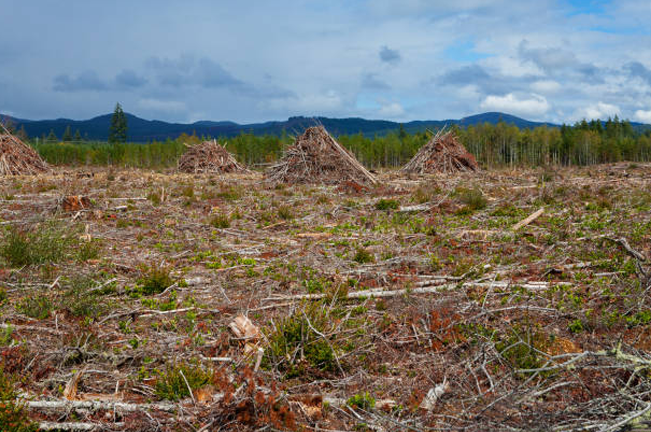
As the demand for timber grows, so does the need for sustainable practices that protect the ecological integrity of forests. Biodiversity conservation within managed forests is not only possible but necessary to ensure that both economic and environmental interests are upheld.
Table of Content
- The Ecological Impact of Timber Harvesting
- Strategies for Conserving Wildlife Habitat During Timber Harvesting
- The Role of Policy and Regulation in Balancing Timber and Wildlife Conservation
- Monitoring and Adapting Timber Harvesting Practices
- Challenges and Solutions in Balancing Timber and Wildlife Habitat
- The Future of Biodiversity Conservation in Timber Harvesting
- FAQs
The Ecological Impact of Timber Harvesting

Timber harvesting, depending on the method used, can have profound effects on wildlife habitats. Clear-cutting, for instance, can lead to habitat loss and fragmentation, which can endanger species that rely on specific forest structures. In contrast, selective cutting, which involves removing only certain trees, can minimize the impact on the forest ecosystem, allowing for the preservation of habitat diversity. The structure and composition of a forest play a crucial role in supporting biodiversity. A diverse forest structure, with varying tree heights and ages, provides different niches for various species. Case studies have shown that ecosystems with carefully managed timber harvesting practices can maintain, and even enhance, biodiversity. For example, mixed-species forests in temperate regions have successfully integrated timber production with wildlife conservation, preserving critical habitats for endangered species.
Strategies for Conserving Wildlife Habitat During Timber Harvesting
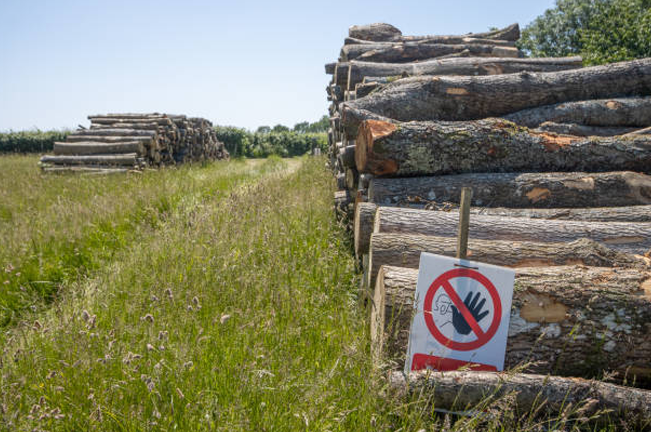
To protect wildlife habitats while harvesting timber, sustainable forestry practices must be employed. Selective cutting is one such practice that allows for the continued growth of a diverse forest structure. By leaving a mix of tree species and sizes, habitats are preserved, supporting a wide range of wildlife. Buffer zones, which are areas of vegetation left untouched around waterways and other sensitive areas, are another critical strategy. These zones protect aquatic habitats and provide corridors for wildlife movement. Habitat corridors, which connect fragmented habitats, allow species to migrate safely, reducing the risk of isolation and genetic bottlenecks. Forest management plans play an essential role in integrating these conservation strategies into timber harvesting operations. These plans ensure that harvesting activities are carefully monitored and adapted to minimize their impact on wildlife habitats.
The Role of Policy and Regulation in Balancing Timber and Wildlife Conservation

Laws and regulations governing timber harvesting and habitat protection are crucial for maintaining a balance between economic and ecological goals. These regulations often include requirements for sustainable forestry practices, such as limiting the size of clear-cuts or mandating the retention of certain tree species and sizes. Government agencies, along with non-governmental organizations, play a vital role in enforcing these regulations and ensuring that conservation goals are met. Policies that support both timber production and wildlife conservation can create a framework where economic development does not come at the expense of ecological health. For example, certification programs like the Forest Stewardship Council (FSC) promote sustainable timber harvesting by setting standards that protect biodiversity and require the maintenance of natural forest functions.
Monitoring and Adapting Timber Harvesting Practices
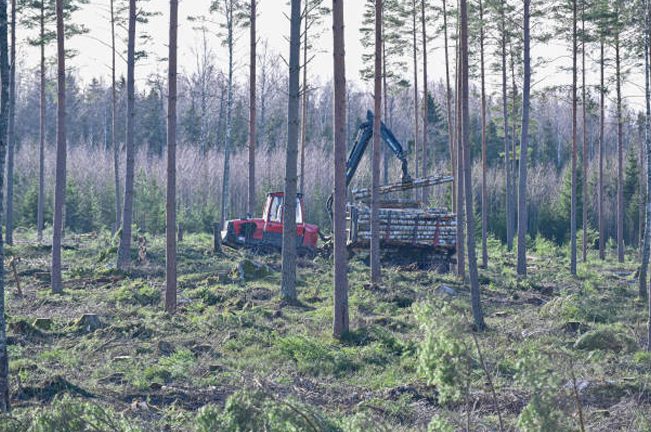
Ongoing monitoring of wildlife populations and habitats is essential to assess the impact of timber harvesting and to adapt practices as needed. Adaptive management strategies allow forest managers to respond to ecological changes, such as shifts in species populations or habitat conditions, by adjusting their harvesting methods. This approach ensures that timber production continues without compromising biodiversity. Tools and technologies, such as remote sensing and Geographic Information Systems (GIS), provide valuable data for tracking the effects of timber harvesting on forest ecosystems. These technologies enable more precise management decisions, ensuring that conservation objectives are met while maintaining timber yields.
Challenges and Solutions in Balancing Timber and Wildlife Habitat
Balancing timber harvesting with wildlife habitat conservation is not without challenges. Economic pressures, such as the demand for timber and the need for profitability, can lead to unsustainable practices that threaten biodiversity. Habitat fragmentation, caused by extensive logging, poses a significant risk to species that require large, contiguous areas of forest. Innovative solutions, such as eco-certification programs and payment for ecosystem services, can incentivize sustainable practices that protect wildlife habitats. Collaborative approaches, involving government agencies, conservation organizations, and local communities, are essential for overcoming these challenges. Community involvement is particularly crucial, as it ensures that conservation efforts are aligned with local needs and that stakeholders are invested in the long-term sustainability of forest ecosystems.
The Future of Biodiversity Conservation in Timber Harvesting
The future of biodiversity conservation in timber harvesting lies in the continued development and implementation of sustainable practices. Emerging trends in forestry, such as the use of precision forestry and the integration of digital technologies, are likely to play a significant role in enhancing biodiversity conservation. These innovations can help optimize timber harvesting operations, reducing their ecological impact while maintaining productivity. Predictions for the future suggest that timber harvesting practices will increasingly prioritize biodiversity, driven by growing awareness of the importance of ecosystem health and the need for sustainable resource management. Research and innovation will be crucial in developing new methods and technologies that support both timber production and wildlife conservation, ensuring that forests continue to provide essential resources and habitats for generations to come.
Frequently Asked Questions (FAQs)
1. What is biodiversity conservation, and why is it important in timber harvesting?
Biodiversity conservation refers to the protection and management of species diversity, ecosystems, and genetic resources in forests. It is crucial in timber harvesting to maintain ecological balance, support wildlife habitats, and ensure the sustainability of forest ecosystems.
2. How does timber harvesting impact wildlife habitats?
Timber harvesting can affect wildlife habitats by altering forest structure, causing habitat loss, and fragmenting ecosystems. Different harvesting methods, such as clear-cutting and selective cutting, have varying levels of impact on habitats and the species that depend on them.
3. What are sustainable timber harvesting practices?
Sustainable timber harvesting practices include techniques like selective cutting, maintaining buffer zones, and creating habitat corridors. These practices aim to minimize environmental impact, preserve biodiversity, and maintain the health of forest ecosystems.
4. What role do forest management plans play in biodiversity conservation?
Forest management plans are essential for integrating biodiversity conservation into timber harvesting operations. They outline strategies for protecting wildlife habitats, ensuring sustainable timber production, and adapting practices to changing ecological conditions.
5. What regulations govern timber harvesting and wildlife habitat conservation?
Laws and regulations at both national and international levels govern timber harvesting and habitat conservation. These may include guidelines on sustainable forestry practices, restrictions on certain types of logging, and requirements for protecting endangered species and sensitive habitats.
6. How can timber harvesting and wildlife conservation coexist?
Timber harvesting and wildlife conservation can coexist through the use of sustainable practices, effective forest management, and adherence to regulations. Collaborative efforts between government agencies, conservation organizations, and local communities are also crucial for balancing these objectives.
7. What are habitat corridors, and why are they important?
Habitat corridors are strips of natural habitat that connect fragmented ecosystems. They are important for allowing wildlife to move freely between habitats, ensuring genetic diversity, and reducing the risk of species isolation and extinction.
8. What are some challenges in balancing timber harvesting with biodiversity conservation?
Challenges include economic pressures to maximize timber production, habitat fragmentation, and conflicts between conservation goals and industry interests. Finding the right balance requires innovative solutions, effective policy enforcement, and community involvement.
9. How are timber harvesting practices monitored for their impact on biodiversity?
Timber harvesting practices are monitored through ongoing wildlife population surveys, habitat assessments, and the use of technologies like remote sensing and GIS. This monitoring helps forest managers adapt practices to minimize negative impacts on biodiversity.
10. Can you provide examples of successful biodiversity conservation in timber harvesting?
Successful examples include forestry operations that use selective cutting, maintain old-growth trees, and create buffer zones to protect critical habitats. Case studies from regions like the Pacific Northwest and community-managed forests in Nepal highlight effective strategies for balancing timber production with wildlife conservation.
11. What is the future outlook for biodiversity conservation in timber harvesting?
The future of biodiversity conservation in timber harvesting is expected to involve more advanced technologies, precision forestry, and a stronger emphasis on sustainable practices. Emerging trends and ongoing research will continue to shape how timber harvesting is balanced with the need to protect wildlife habitats.
12. How can local communities be involved in biodiversity conservation during timber harvesting?
Local communities can be involved through participatory forest management, where they have a say in how forests are managed and conserved. Community-led initiatives, education, and collaboration with conservation organizations are also key to ensuring that biodiversity conservation aligns with local needs and values.
13. What are the economic benefits of integrating biodiversity conservation into timber harvesting? Integrating biodiversity conservation into timber harvesting can lead to long-term economic benefits, such as maintaining healthy forest ecosystems that support sustainable timber production, protecting ecosystem services like water regulation, and potentially accessing markets for certified sustainable timber.

Gilbert Griffin
Forestry AuthorGilbert Griffin is a forest management expert specializing in sustainable practices, forest health, conservation, and land management. With extensive knowledge in pest control, disease management, and habitat restoration, Gilbert develops strategies to preserve forest ecosystems and biodiversity. Passionate about the natural world, Gilbert adapts to changes in forest management and stays updated through continuous learning. Gilbert also provides seasonal advice to optimize forest care throughout the year.

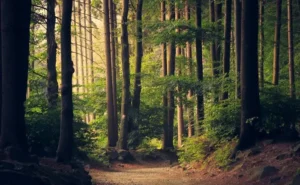

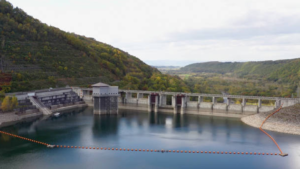

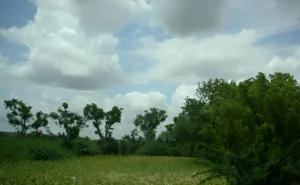
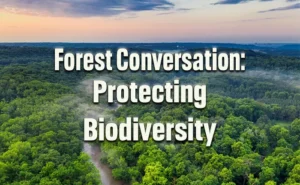

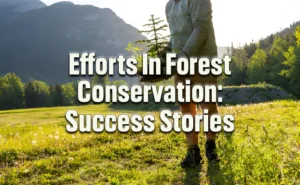

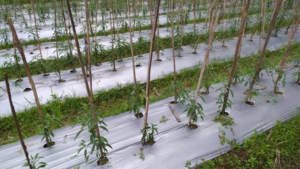
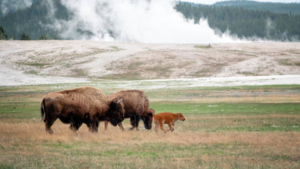

Leave your comment